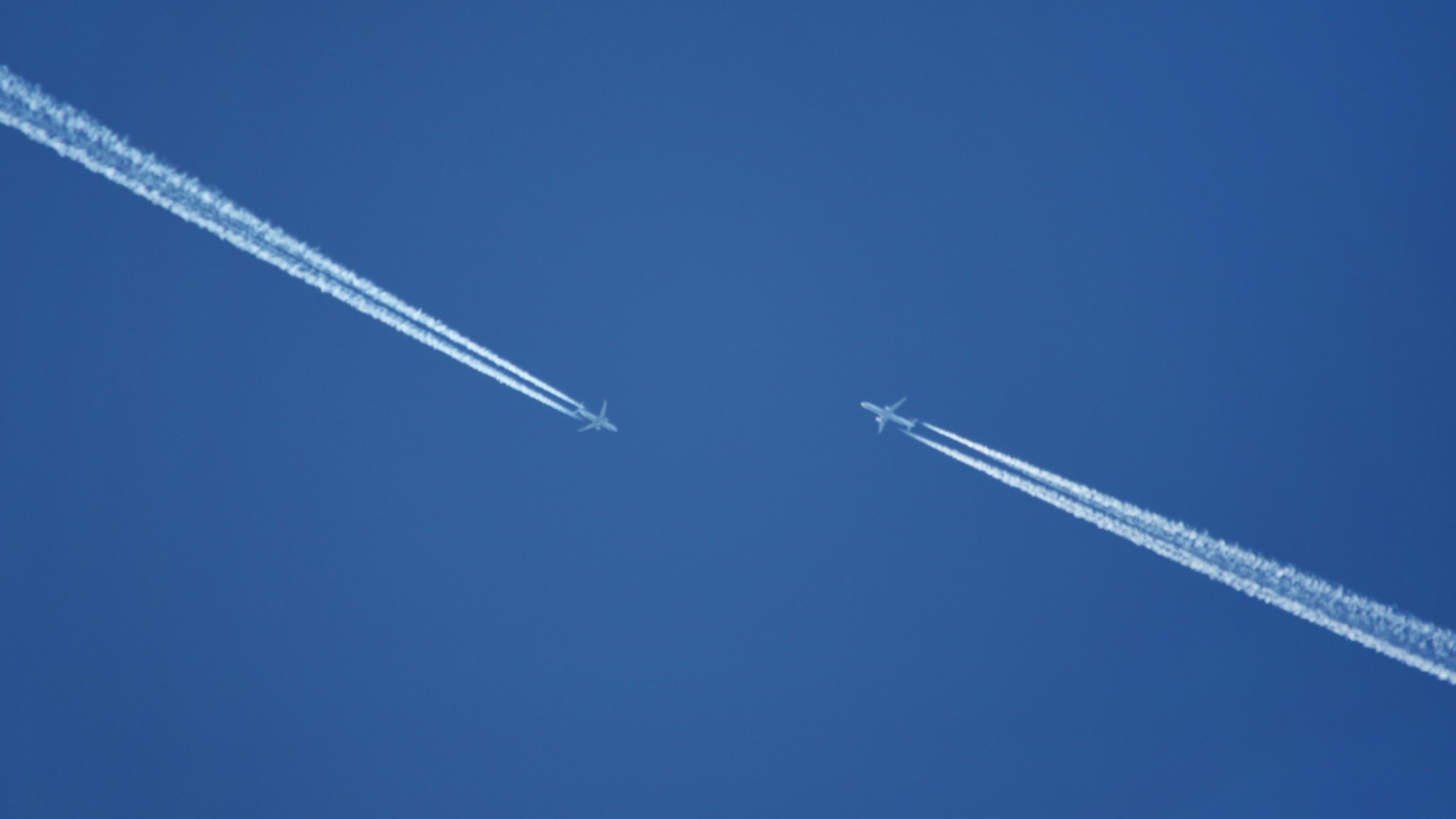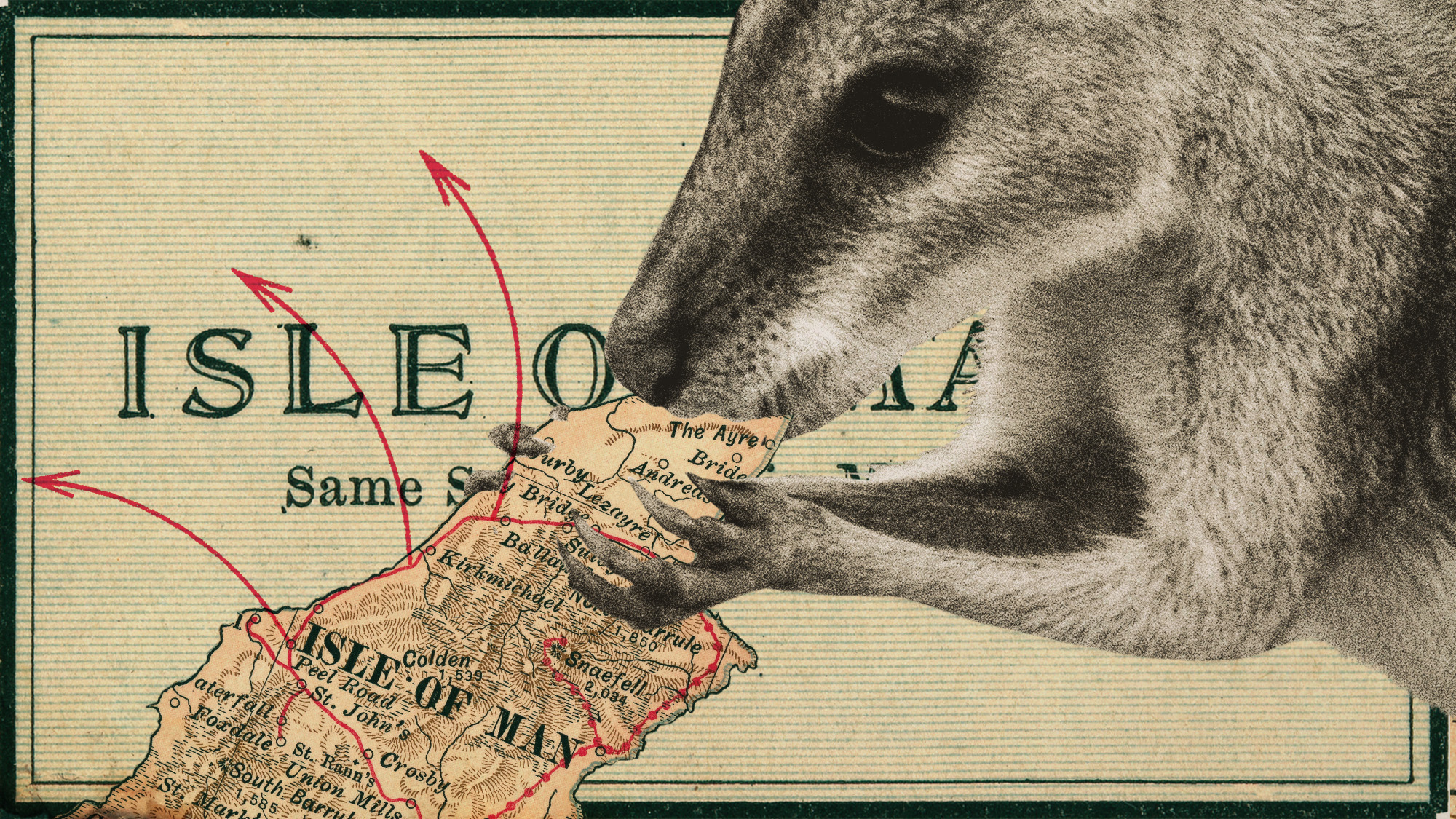These animals are mostly likely to 'win' climate change
Some creatures may benefit from the new conditions


While climate change is expected to cause wide-scale extinction, some animals might potentially fare better than others. Some creatures are even reaping benefits from the changing climate and could drastically alter the ecosystem as we know it. These animals are called the "winners" of climate change and will likely thrive in the new conditions. The species most likely to survive or even thrive are those that multiply quickly, are without sensitive habitat requirements and a non-picky diet. Most species that fit the criteria are insects and rodents, and many are considered invasive. Introducing the five species that might win the climate-change race.
Jellyfish
The soft and transparent aquatic creatures could be stronger in a warmer climate. A study done by the Alfred Wegener Institute in Germany analyzed eight species of jellyfish and found that seven of them were capable of expanding their habitats further north towards the North Pole when exposed to rising water temperatures, retreating sea ice and other factors associated with climate change. The lion's mane jellyfish, in particular, has the potential to triple its population size. "These results clearly show how dramatically climate change could affect the ecosystems of the Arctic Ocean," Dmitrii Pantiukhin, a doctoral candidate who worked on the study, told Euronews. "The projected expansion of the jellyfish habitats could have tremendous, cascading impacts on the entire food web."
Bullfrogs
Bullfrogs are an invasive species known for being strong predators and capable of spreading a deadly fungus. They are also capable of traveling far distances since they can "leap up to six feet in a single hop and can travel more than a mile between isolated waterways over land," said Gizmodo. A warming climate will only make more suitable habitats for the bullfrog and threaten other amphibian species across the globe. "In South America, bullfrogs are projected to move into new areas as the climate warms. In South Korea, under the worst-case climate change scenarios, American bullfrogs are projected to increase their range. In western Canada, climate change is also thought to be facilitating the bullfrog takeover," Gizmodo said.
The Week
Escape your echo chamber. Get the facts behind the news, plus analysis from multiple perspectives.

Sign up for The Week's Free Newsletters
From our morning news briefing to a weekly Good News Newsletter, get the best of The Week delivered directly to your inbox.
From our morning news briefing to a weekly Good News Newsletter, get the best of The Week delivered directly to your inbox.
Feral swine
Feral swine, also called wild hogs, are expected to increase in population in warmer temperatures. A study published in the journal Scientific Reports found that feral swine populations rise in warmer temperatures because their food sources increase. The invasive hogs have been found in 35 U.S. states and are extremely destructive, causing more than $1B in damage each year. "Nearly 300 native plant and animal species in the U.S. are in rapid decline because of feral swine, and many of the species are already at risk," said USA Today. "The swine also carry at least 40 parasites, 30 bacterial and viral illnesses, and can infect humans, livestock and other animals with diseases like brucellosis and tuberculosis."
Spotted lanternfly
The invasive spotted lanternfly is likely to leave its light on permanently. The insects have spread rapidly across the U.S., and warming temperatures will only expand their habitat. "It's a very distinctive and characteristic bug, and it is establishing in more places," Julie Urban, a research associate professor of entomology at Pennsylvania State University, said to CNN. "It's possible that if your plants are around longer, lanternflies in warmer areas could persist longer and maybe lay an additional clutch." In addition, a study published in the journal Scientific Reports said "human-mediated dispersal (e.g., cars, trucks and trains) is driving the observed spread dynamics and distribution of the spotted lanternfly throughout the eastern USA."
Mosquitos
Another notorious insect, the mosquito, is likely to grow in population due to climate change. The blood-sucking insects spread several diseases including malaria, Zika and dengue fever and have been known to thrive in warm climates. "Mosquito season is getting longer, mosquito populations are booming and mosquito ranges are growing," said Gizmodo. The insects can also spread diseases to other species like birds, reducing the infected species' populations. Longer mosquito seasons can also speed up evolution rates. "More generations means more chances for the world's deadliest animal to get even better at being the worst," Gizmodo said.
A free daily email with the biggest news stories of the day – and the best features from TheWeek.com
Devika Rao has worked as a staff writer at The Week since 2022, covering science, the environment, climate and business. She previously worked as a policy associate for a nonprofit organization advocating for environmental action from a business perspective.
-
 Crest falling: Mount Rainier and 4 other mountains are losing height
Crest falling: Mount Rainier and 4 other mountains are losing heightUnder the radar Its peak elevation is approximately 20 feet lower than it once was
-
 Death toll from Southeast Asia storms tops 1,000
Death toll from Southeast Asia storms tops 1,000speed read Catastrophic floods and landslides have struck Sri Lanka, Indonesia, Thailand and Malaysia
-
 Can for-profit geoengineering put a pause on climate change?
Can for-profit geoengineering put a pause on climate change?In the Spotlight Stardust Solutions wants to dim the sun. Scientists are worried.
-
 How will climate change affect the UK?
How will climate change affect the UK?The Explainer Met Office projections show the UK getting substantially warmer and wetter – with more extreme weather events
-
 Can the UK do more on climate change?
Can the UK do more on climate change?Today's Big Question Labour has shown leadership in the face of fraying international consensus, but must show the public their green mission is ‘a net benefit, not a net cost’
-
 The UK’s surprising ‘wallaby boom’
The UK’s surprising ‘wallaby boom’Under the Radar The Australian marsupial has ‘colonised’ the Isle of Man and is now making regular appearances on the UK mainland
-
 Did Cop30 fulfil its promise to Indigenous Brazilians?
Did Cop30 fulfil its promise to Indigenous Brazilians?Today’s Big Question Brazilian president approves 10 new protected territories, following ‘unprecedented’ Indigenous presence at conference, both as delegates and protesters
-
 Can the world adapt to climate change?
Can the world adapt to climate change?Today's Big Question As the world gets hotter, COP30 leaders consider resilience efforts



